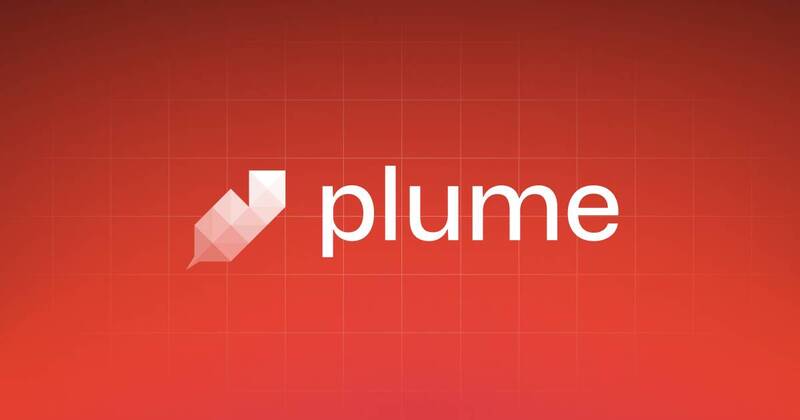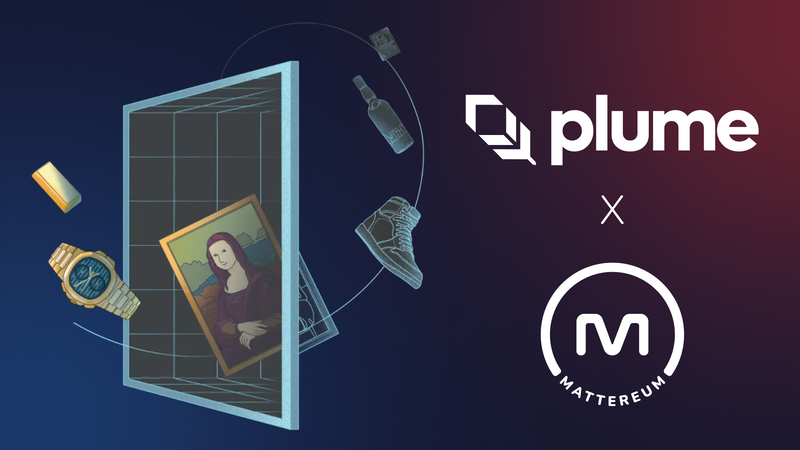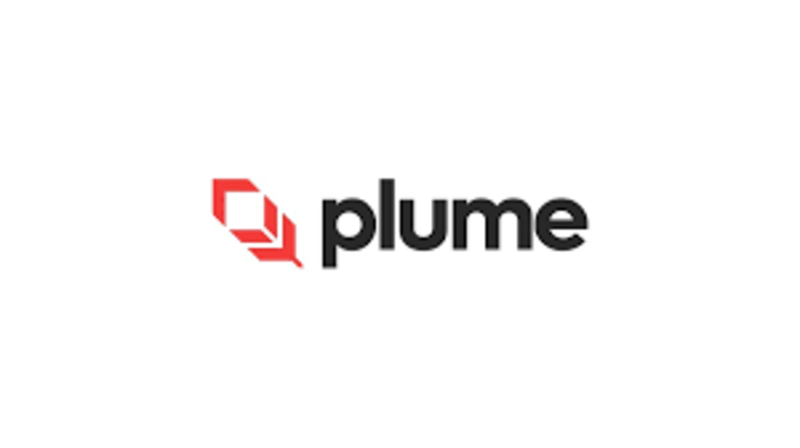Curious about what is Plume Network and how it stands out in the blockchain space? This article covers everything you need to know, from its features and tokenomics to its real-world use cases. Keep reading to discover why Plume Network is gaining traction and how you can get involved, especially if you’re looking to explore future airdrop opportunities.
What is Plume Network?
Plume Network is a decentralized blockchain platform focused on improving scalability, privacy, and user control. It enables a wide range of decentralized applications (DApps) through its unique architecture, combining scalability with a secure environment for users. Its technology emphasizes fast and secure transactions, addressing the main concerns of scalability and user data privacy, and placing a strong focus on cross-chain interoperability.
Plume Network’s core features
Plume Network has several core features:
- Decentralization: Plume Network operates without centralized control, ensuring that no single entity can manipulate the network. Decentralization is achieved through a consensus mechanism, involving multiple validators who secure the network.
- Scalability: The network is built to handle high volumes of transactions efficiently. Through its unique consensus and validation process, Plume achieves significant transaction throughput, making it suitable for large-scale applications.
- Security: Security on Plume Network is guaranteed through cryptographic methods that ensure the integrity of transactions. The consensus mechanism provides a robust layer of protection, preventing potential attacks while securing data and assets.
- Privacy: One of Plume’s standout features is its commitment to privacy. User data is kept secure, and the platform implements privacy-preserving mechanisms to ensure user control over their information.
- Interoperability: Plume Network is designed with cross-chain compatibility in mind, allowing assets and data to move seamlessly between other blockchain ecosystems. This feature ensures that users and developers can interact with multiple blockchains through Plume’s network.
The technology behind Plume Network
Plume Network’s architecture is designed to meet the needs of a scalable and secure blockchain ecosystem:
- Modular Architecture: The network’s multi-layered architecture allows it to be flexible and scalable. Each layer serves a specific purpose, such as handling consensus or managing transactions, providing a modular framework that can grow and adapt as needed.
- Consensus Mechanism: Plume Network uses a Proof of Stake (PoS) consensus, where validators are selected to secure the network by staking their tokens. This system is more energy-efficient than traditional Proof of Work (PoW) and allows for greater scalability without compromising security.
- Smart Contracts: Plume Network fully supports smart contracts, allowing developers to build decentralized applications that run on its secure and scalable infrastructure. This feature enables various applications, including DeFi platforms, gaming, and digital assets.
- Cross-Chain Compatibility: Interoperability is a key feature of Plume Network, allowing users to interact with other blockchain ecosystems. This ensures that assets and data can move freely across different chains, providing flexibility for developers and users.
Plume Network tokenomics
Plume Network’s tokenomics is structured to ensure the long-term sustainability of the ecosystem:
- Plume Token (PLUME): The native token of Plume Network is called PLUME, and it serves several purposes within the ecosystem. It’s used for governance, staking, and transaction fees, playing a vital role in network security and decision-making.
- Governance: Token holders have the ability to participate in governance decisions, including voting on network upgrades and protocol changes. This decentralized governance model ensures that the community has a say in the network’s future.
- Staking Rewards: Users can stake their PLUME tokens to help secure the network and earn rewards. This incentivizes participation in the consensus process and strengthens the network’s security.
- Token Distribution: PLUME tokens are distributed through a fair allocation process, ensuring that early investors, developers, and the community are rewarded for their participation and support of the network.
Real-world use cases of Plume Network
Plume Network’s technology can be applied in multiple real-world use cases:
- Decentralized Finance (DeFi): Plume Network supports a wide array of decentralized financial applications. From lending platforms to decentralized exchanges, Plume provides the infrastructure needed for secure and scalable DeFi solutions.
- Gaming and NFTs: The network’s high scalability makes it ideal for gaming applications that require fast transaction processing. Additionally, Non-Fungible Tokens (NFTs) can be easily minted and traded on Plume, opening up possibilities for digital art and collectibles.
- Supply Chain: With its robust security and transparency, Plume Network can be utilized in supply chain management, ensuring that products are tracked from origin to destination with full accountability.
The Plume Network ecosystem
Plume Network is developing a vibrant ecosystem:
- Partnerships and Collaborations: The network has formed key partnerships with other blockchain projects, expanding its capabilities and reach. These collaborations are aimed at driving adoption and innovation within the ecosystem.
- Developer Support: Plume Network provides comprehensive developer resources, including SDKs, documentation, and tutorials. These tools are designed to help developers build DApps efficiently and securely on the network.
- Growing DApp Ecosystem: With several decentralized applications already live and more in development, Plume Network is fostering a dynamic DApp ecosystem. Users and developers can interact with a variety of decentralized services across multiple sectors.
Plume Network roadmap and future developments
Plume Network’s roadmap outlines key future developments:
- Upcoming features: Plume Network is constantly evolving, with several new features planned. These include upgrades to the consensus mechanism, additional privacy tools, and improved cross-chain capabilities.
- Partnership expansions: The network aims to form more strategic partnerships with industries and regions around the world. This will increase adoption and create new opportunities for the Plume ecosystem to grow.
- Long-term vision: Plume Network’s ultimate goal is to become a leading blockchain platform for decentralized applications, providing a secure, scalable, and user-friendly environment for developers and users alike.
How to get involved with Plume Network
There are multiple ways to get involved with Plume Network:
- For developers: Plume Network offers a range of developer tools and resources to help you get started with building DApps. Whether you’re a beginner or an experienced developer, you can find everything you need to start developing on Plume.
- For users: If you’re a user, Plume Network allows you to stake tokens, participate in governance, and use decentralized applications on the platform. The user-friendly interface makes it easy for anyone to get involved.
- For investors: If you’re an investor, you can purchase PLUME tokens on supported exchanges. Staking your tokens not only helps secure the network but also provides you with rewards.
Plume Network airdrops
Participating in Plume Network’s airdrops through the testnet provides users with a unique opportunity to earn tokens by engaging with the network before its mainnet launch. Airdrop hunters can complete specific tasks on the testnet, contributing to the network’s development while positioning themselves to receive potential rewards in future token distributions.
To get started with Plume Network’s testnet airdrop, users must follow several steps:
- Set up a wallet: First, you need to create or connect a supported wallet, such as MetaMask, and ensure it is configured to interact with the Plume Network testnet. This typically involves adding the Plume testnet RPC details to the wallet.
- Claim test tokens: After setting up the wallet, you’ll need to request test tokens through the Plume Network testnet faucet. These tokens are not real currency but are essential for interacting with the testnet environment.
- Interact with the Testnet: Once you have the test tokens, you can start performing tasks within the Plume testnet. These tasks could include staking tokens, making transactions, testing decentralized applications (DApps), or interacting with smart contracts. The goal is to simulate real-world network activity to identify bugs and improve performance.
- Submit feedback: Some airdrop campaigns may require participants to submit feedback or reports on their experience using the testnet. This helps the developers improve the network ahead of the mainnet launch.
- Stay updated: Make sure to follow Plume Network’s official channels for updates on future airdrop campaigns. By staying engaged, you increase your chances of receiving airdrop rewards once the mainnet is live.
Participating in these testnet activities not only prepares users for the mainnet launch but also positions them to benefit from potential airdrop rewards in the form of Plume tokens. Keep an eye out for official announcements to ensure you don’t miss any important steps or deadlines.





